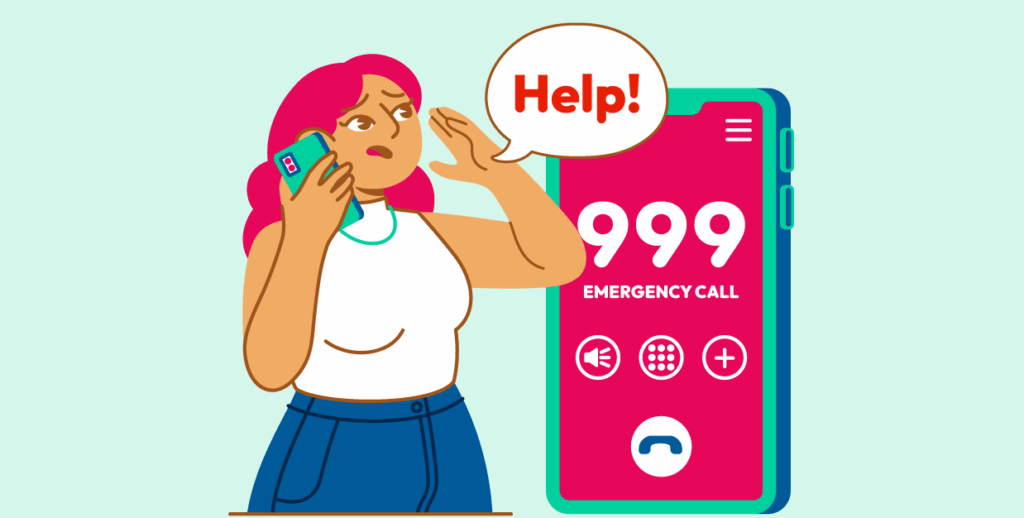Staying Safe Online
Sexting
What is Sexting?
Sexting means sending indecent images (pictures and/or videos) of yourself or others or sending sexually explicit messages. Sexting is commonly known as “trading nudes”, “dirties” or “pic for pic”.
Sexting and the Law
- take an explicit photo or video of themselves or a friend
- share an explicit image or video of a child, even if it’s shared between children of the same age
- possess, download or store an explicit image or video of a child, even if the child gave their permission for it to be created.
Sexting by young people will primarily be considered as a safeguarding issue. The police must, by law, record all sexting incidents on their crime system but as of January 2016, they can decide not to take further action against the young person if it is not in the public interest. This will be at the discretion of the police.
The Statistics
Recorded Online Offences are Rising
An NSPCC 2019 report into online safety found that:
- year on year increases in the numbers and rates of police-recorded online child sexual offences in England and Wales and Northern Ireland
- increases in police-recorded offences of obscene publications or indecent photos in all four UK nations over the last five years
- increases in the number of URLs confirmed by the Internet Watch Foundation (IWF) as containing child sexual abuse imagery since 2015
- less than half of children aged 12 to 15 say they know how to change their settings to control who can view their social media
- the majority of parents, carers and members of the public agree that social networks should have a legal responsibility to keep children safe on their platforms.
Children are spending more time on line
Ofcom’s media literacy research explores the extent to which people are able to use, understand and create media and communications. Statistics below reflect children and young people’s online use for 2018.
- The estimated time that 3-4s spend online has increased (by an hour) to nearly nine hours a week; while 12-15s spend an extra 1.5 hours gaming each week, compared to 2017. For the first time, 8-11s join 12-15s in spending more time on the internet than watching TV on a TV set
- YouTube use is unchanged in 2018 with close to half of 3-4s (45%) and four in five (80%) 5-15s ever having used it.
- However, among those who watch both YouTube and TV on a TV set, there has been an increase in the proportion of 8-11s who say they prefer to watch YouTube content over TV programmes on a TV set (49% vs. 40% in 2017). This increase means that there is now a clear preference for watching YouTube content over TV programmes on a TV set, both among 8-11s and 12-15s.
- The incidence of online gaming increases with age, ranging from 37% for 3-4s to 87% for 12-15s
Social Media Use is Prolific
- The likelihood of having a social media (“SM”) profile increases with age: 1% of 3-4s, 4% of 5-7s, 18% of 8-11s and 69% of 12-15s have a profile on a SM or messaging site or app.
- Among those with an SM profile, 12-15s are more likely than in 2017 to use Instagram (65% vs. 47%) and WhatsApp (43% vs. 32%). Facebook remains the most-used SM/messaging site or app among this group (72%); however, a lower proportion nominate it as their main site or app (31% vs. 40% in 2017). An identical proportion name Snapchat as their main site or app, while nearly a quarter (23%) say this about Instagram.
- 78% of 12-15s who go online have heard of live streaming services such as Facebook Live or YouTube Live. Close to one in five (18%) have shared videos using a live streaming service, up from 10% in 2017.
- SM users aged 12-15s consider that using SM has both benefits and drawbacks:
- 78% feel there is pressure to look popular and 90% saying that people are mean to each other on SM at least ‘sometimes’.
- However, this is balanced by the 91% of SM users of this age who say that SM has made them feel happy or helped them feel closer to their friends at least ‘sometimes’.
- Two thirds of 12-15s who use SM or messaging sites say they send support messages, comments or post to friends if they are having a hard time.
Support and Resources

In an emergency

Make a referral for support
Contact Lambeth’s Integrated Referral Hub on 020 7926 5555 and follow up with a completed Multi-agency Referral Form.
- helpandprotection@lambeth.gov.uk

Support for Professionals

Specialist Support

Child Protection Procedures

